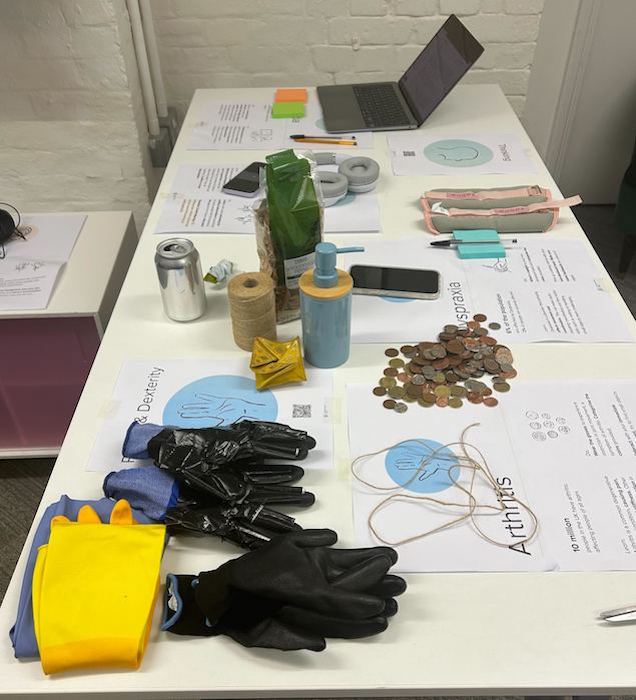The Importance of Training Your Empathy Muscles
Walk a mile in my shoes. And no we don’t allude to the Joe South 1970s hit.
What if we said that you could easily make better products and services, simply by being more empathic? Let us explain.
What is Empathy?
Empathy is the ability to deeply understand people’s circumstances and experiences. It allows us to understand feelings and connect with the people we are observing at a fundamental level. Although the definition can feel vague, it is more than simply knowing about them. Essentially to … walk a mile in their shoes.
Empathy is not connecting to an experience, its connecting to the emotions that underpin an experience.
Brené Brown
Why Cultivate Empathy?
Cultivating this ability as a designer, product manager, researcher and stakeholder, empowers us to create solutions that resonate with people’s emotional needs and fulfill their desires, whether they are known or unknown. Empathic mindsets inform decisions on actions to take in practice to deliver inclusive and great design.
The understanding of the user experience can be limited by designers’ empathic horizons. This is one’s ability to empathize beyond certain characteristics of their group such as nationality, background, age, gender, culture, experience, capabilities and education. When we come across users that are outside our reference group, there’s a risk that the solutions we provide won’t be adapted to their needs, emotions and desires. This affects and restricts products and services to only cater to a portion of the population.
A designer, no less than an engineer or marketing executive, who simply generalizes from their own standards and expectations will limit the field of opportunity.
Tim Brown, Change by Design, 2009
Limited Understanding Creates Limited Solutions
For example, when a woman is involved in a car crash she is 47% more likely to be seriously injured and 17% more likely to die than a man. What if I told you that it’s all to do with how cars are designed – for whom and by whom.Crash-test dummies were first introduced in the 1950s in the automotive industry, and for decades were based around the 50th-percentile male. Picture an average male, 1.77m tall, weighing 76kg and destitute of impairments, which is significantly taller and heavier than an average woman. Only 60 years after their introduction the United States started using female crash-test dummies.
The Benefits of Empathy
Understanding the true range of users and broadening your empathic horizon is paramount for a great user experience. Empathy informs design decisions and leads to fewer exclusion barriers. By establishing such an innovation culture, you will encourage:
- A greater understanding of the range of users and their emotions, needs, and experiences
- A greater ownership of/and interest in the outcomes among stakeholders
- Reduced costs of iteration cycles, by designing from solid foundations
- Increased ability to identify and mitigate potential issues early
- An upholding of the rights of people living with disability and impairments, encouraging independent lifestyles for longer
- Greater inclusivity


How to Build Empathy into your Practice?
Empathy is a capability that can be developed and honed over time. Through training, practice, and self-awareness, individuals can enhance their empathetic skills.
In Sutherland Labs we run Empathy Workshops focused on building an initial awareness of a need, understanding of methods that facilitate empathy-building and provide experiential learning activities, like empathy modelling – see our photos.
